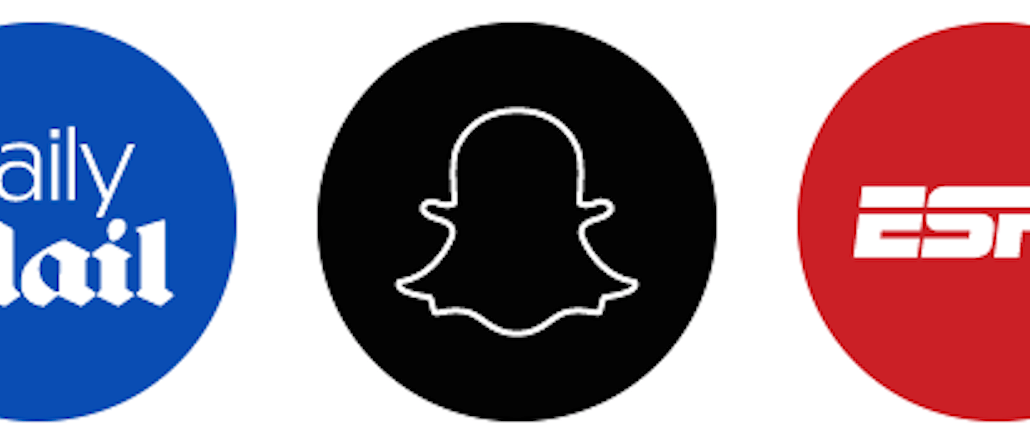
Platforms with publisher dreams have a hard road ahead of them. The latest cautionary tale comes courtesy of Snapchat, which shut down its Snap channel for original content. The disappearing-message app has been building itself up as a media company, courting established publishers including People and CNN to post their own videos and stories directly to the app.
Alongside that, Snapchat was dabbling in creating its own original fare. It hired a few big names to that effect, including former Fox Comedy’s Marcus Wiley and Pete Hamby from CNN. Wiley was part of a team of 15 that was working on the Snap channel, which sat alongside the messaging app’s Discover page. Its removal made room for Refinery29, the newest publisher to be added to Discover Oct. 12.
There’s bound to be tension when a platform tries to do original content, an area already well served by traditional publishers and everyday users alike. With their tech orientation, platforms also don’t always get what it takes to create quality editorial content, and their history of hiring journalists has been checkered (see: Facebook’s failed “Stories” endeavor from 2012 and Tumblr’s botched Storyboard initiative).
“To me, this is about ceasing operation on a unit that is competing with the creativity of its user base — a losing proposition,” Vivian Schiller, former head of news at Twitter and a digital media consultant, said of Snapchat’s shuttering its Snap channel. “You can hire the smartest visual storytellers in the world, and they will be outmatched by the talent that mobile storytelling tools have unleashed on the general population.”
The Snap channel competed uneasily with publishers. Snapchat has 15 publisher-branded channels in its Discover feature, including Daily Mail, Cosmopolitan and People, who see it as a way to get exposure for their brand with Snapchat’s young users. And while publishers saw their views increase since Snapchat made Discover more prominent in June, they still have the burden of creating bespoke content for the channel. Many have hired dedicated staffs just for the platform. Refinery29, for one, is hiring a whopping 10 people to populate its channel.
And while publishers may be getting a lot of views through Snapchat, “the general sentiment from publishers seems to be about how challenging Snapchat is from a content creation standpoint,” said Jason Stein, founder and CEO of Laundry Service, a digital agency that connects influencers with marketers.
And then there was the fact that the Snap channel wasn’t actually all that good. The content felt “awkward, and not in a good way,” said Paul Berry, CEO and founder of RebelMouse. Getting rid of the channel sends the message that everyone is rowing in the same direction, he said.
Schiller, however, said that platforms aren’t retreating from original content or curating others’ material. Twitter Moments is just the most recent example. And Snapchat itself isn’t scrapping original content; it still has Sean Mills running an original content team and CNN vet Pete Hamby running political news.
Image courtesy of Snapchat.
More in Media

Media Briefing: The top trends in the media industry for 2025
This week’s Media Briefing takes a look at the top trends from 2025, from digital advertising revenue performance to AI licensing deals.

Digiday Scorecard: Publishers rate Big Tech’s AI licensing deals
Digiday has compiled a scorecard grading AI platforms to make sense of the growing number of players in the AI content licensing market.

Publishers are hunting for AI prompt data — now they’re starting to get it from third-party companies
Publishers are finally gaining some visibility into AI search, as new prompt data tools crack open a black box.





